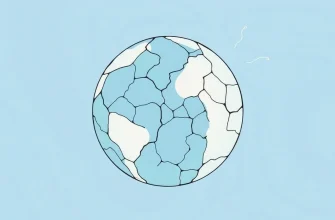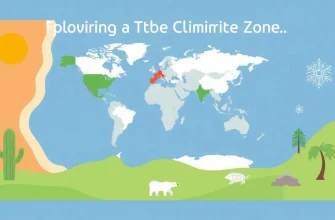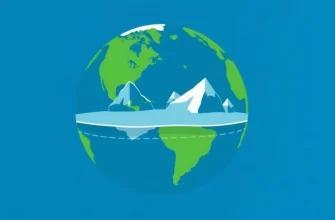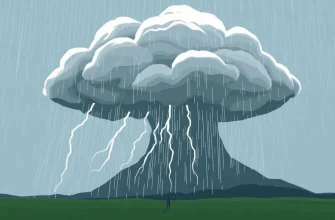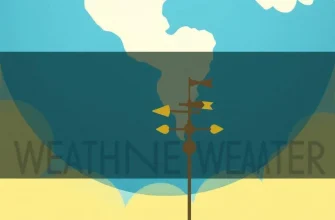Microclimates are small, localized areas where the climate differs from the surrounding region. These documentaries offer a window into these miniature worlds, showcasing the intricate balance of nature, the impact of human activity, and the resilience of life in extreme conditions. Whether you're a nature enthusiast or just curious about the unseen, these films provide a captivating exploration of microclimates around the globe.
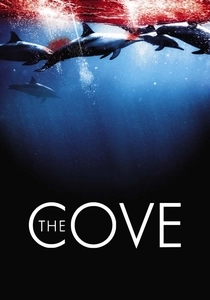
The Cove (2009)
Description: While primarily focusing on dolphin hunting, "The Cove" also explores the microclimate of Taiji, Japan, where the ocean's unique conditions have shaped both the environment and the local culture.
Fact: The film won the Academy Award for Best Documentary Feature in
 Watch Now
Watch Now 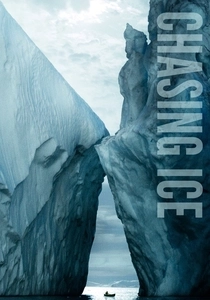
Chasing Ice (2012)
Description: This film documents the work of photographer James Balog as he captures the rapid retreat of glaciers, showcasing how microclimates are changing due to climate change.
Fact: The time-lapse footage in the film required cameras to be left in extreme conditions for years.
 Watch Now
Watch Now 
The Great Barrier Reef (2012)
Description: This documentary series examines the microclimates within the world's largest coral reef system, showcasing the biodiversity and the threats it faces.
Fact: The series was filmed over three years, capturing the reef's natural beauty and its challenges.
 Watch Now
Watch Now 
The Salt of the Earth (2014)
Description: While focusing on photographer Sebastião Salgado's work, this documentary also touches on how human activities alter microclimates, particularly in areas like the Amazon rainforest.
Fact: The film was co-directed by Wim Wenders and Juliano Ribeiro Salgado, Sebastião's son.
 Watch Now
Watch Now 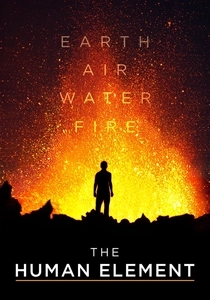
The Human Element (2018)
Description: James Balog explores the impact of humans on the Earth's microclimates, from deserts to forests, showing how our actions shape these delicate environments.
Fact: This is a follow-up to Balog's previous work, "Chasing Ice."
 Watch Now
Watch Now 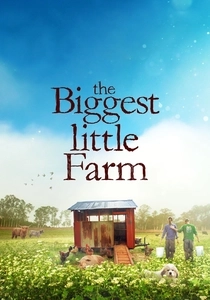
The Biggest Little Farm (2018)
Description: Follows a couple as they transform a barren plot into a thriving farm, highlighting how they manage microclimates to foster biodiversity and sustainable agriculture.
Fact: The farm featured in the film, Apricot Lane Farms, is now a model for regenerative agriculture.
 Watch Now
Watch Now 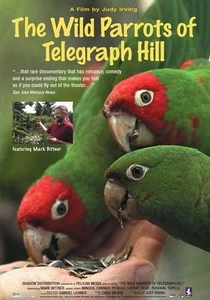
The Wild Parrots of Telegraph Hill (2003)
Description: While not directly about microclimates, this film shows how a unique urban microclimate in San Francisco has allowed a flock of wild parrots to thrive.
Fact: The film's subject, Mark Bittner, lived with the parrots for years, documenting their lives.
 30 Days Free
30 Days Free 
The Secret Life of Trees (2016)
Description: This documentary delves into the hidden world of trees, revealing how they communicate, support each other, and create microclimates that nurture diverse ecosystems. It's a must-watch for understanding the interconnectedness of life.
Fact: The film was inspired by Peter Wohlleben's book "The Hidden Life of Trees," which became an international bestseller.
 30 Days Free
30 Days Free 
The City Dark (2011)
Description: Explores the impact of light pollution on urban microclimates, showing how darkness is essential for certain ecosystems and wildlife.
Fact: The film was screened at numerous film festivals and won several awards for its environmental message.
 30 Days Free
30 Days Free 
The Anthropocene Project (2018)
Description: This film examines how human activity has created new microclimates, from urban heat islands to altered river systems, showcasing the Anthropocene's impact on Earth's environments.
Fact: The project was a collaboration between artists Edward Burtynsky, Jennifer Baichwal, and Nicholas de Pencier.
 30 Days Free
30 Days Free 




